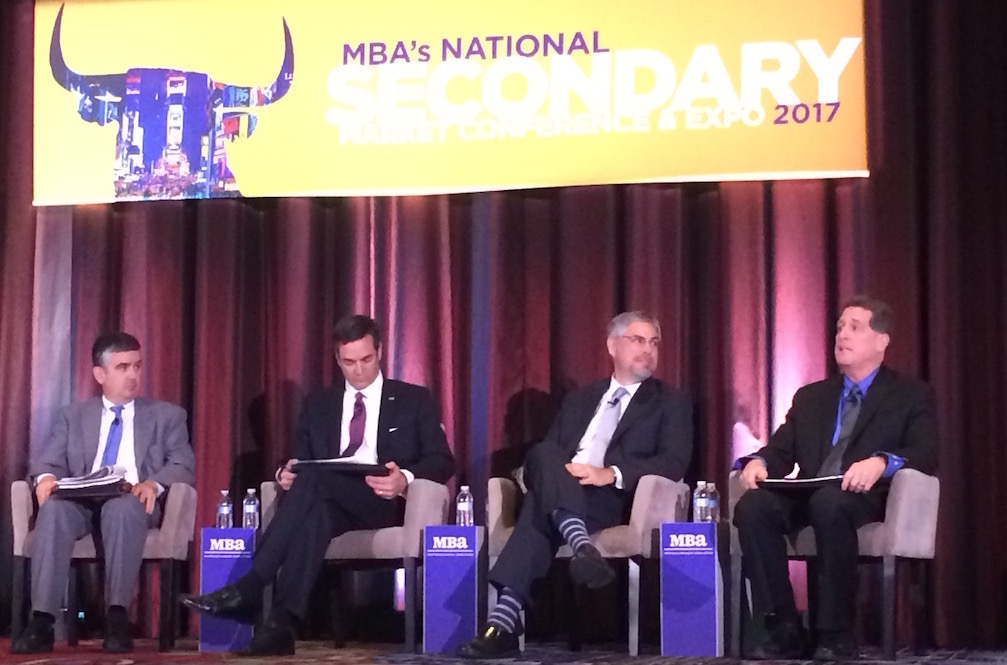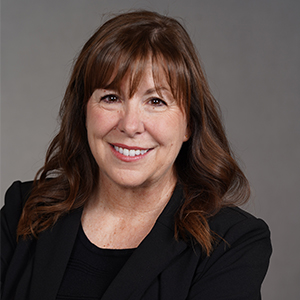It’s been nine long years since the FHFA placed Fannie Mae and Freddie Mac into conservatorship as a result of the financial crisis, and as the economy continues to improve, the calls to reform how the government sponsored enterprises operate have grown louder and more insistent.
But most past efforts to develop a reform plan for these massive entities were doomed from the start. Why?
Not only is GSE reform ridiculously complicated, but in the midst of a deeply divided Washington there was little consensus even on the most basic direction reform should take, much less the will to deliver a bill that would clearly be a low priority for the Obama administration.
So what's changed?
Now, however, the economic and political stars have aligned to make GSE reform a real possibility, and the Mortgage Bankers Association is not letting the opportunity go to waste.
"We have seen a tremendous amount of interest from Capitol Hill,” said Michael Fratantoni, MBA chief economist. “We have an administration that has said this is a high priority, after tax reform, and all the players have lined up and said this is an important change to make. It's still challenging, but there is a lot more interest in GSE reform than we have seen in the last several years."
Last week the MBA released a roadmap for Congress to use as they tackle GSE reform and the trade group began their annual National Secondary Market Conference with a panel on the topic, bringing together experts who worked on the plan.
“Conservatorship is politically and economically unstable,” Fratantoni, the panel’s moderator, said. “Ending conservatorship must start with reform first.”
The panel also featured David Battany, executive vice president of capital markets at Guild Mortgage Company, Keith Bickel, senior vice president of mortgage policy and strategic analytics executive at Bank of America, and Albert Blank, senior vice president of business development at Union Home Mortgage.
The MBA roadmap was created by a task force representing a large cross-section of the industry, resulting in recommendations that sought the good of consumers and the industry at large instead of any particular group, according to the panelists.
“The process we went through was absolutely fascinating. The MBA brought all different sizes of companies and got a range of perspectives — some from lenders, insurers, members of Congress, even senior leadership of the GSEs,” Blank said. “We had a very healthy debate on what a solution should be, and nobody took a position where they were trying to push the paper in a direction that was self-serving.”
Bickel echoed that sentiment, saying the task force’s commitment to transparency and resolving real problems was a key to its success in coming to a consensus.
“One thing I would say is that while we were focused on the best end-state for borrowers and the financial system as a whole, we did not leave our individual reservations off the table,” Bickel said.
“There was a phenomenal value to the process because we put our core reservations on the table — whether that was equal access with no single government entity to serve as the FHA on steroids, or other concerns — everybody put it on the table and we solved for those problems. It was one of the few times I’ve seen all the different segments of the lending industry agree on a solution.”
The consensus opinion has been hard to come by, according to Fratantoni, because GSE reform has to balance multiple priorities: taxpayer protection, investor returns and consumer and borrower costs/access to credit.
“These three goals are inherently in tension, so we need Congress and the industry to weigh in on how they are being met,” Fratantoni said.
Proposed GSE reforms come in a myriad of packages, but the MBA roadmap begins with a critical assumption: GSE reform must be done through Congressional action.
“Congress is the only one that has the authority to do what we need them to do,” Blank said.
And what is one of the most important things the industry wants?
An explicit guarantee of mortgage backed securities, Fratantoni said.
“What is the government back-stopping and what are they not?” he asked. “The lack of clarity contributed to some of the instability in the crisis.”
KEY PRINCIPLES
The roadmap includes these key principles, according to Battany:
- Keep what works. “This is the 30-year fixed rate single family mortgage, the TBA market and long-term multifamily financing options.”
- Minimize transition risks to avoid market disruption. “We looked at 12 different reform proposals, and a lot of them were well thought out, but if you start from scratch you are looking at a difficult, 10-year transition process.”
- Leverage competition and existing infrastructure. “You have to give a hats off to Fannie Mae for their Day 1 Certainty program. Pre-crisis, the GSE’s reps and warrants was a flop. They didn’t have sufficient manpower to review, didn’t have electronic review, so there was an unknown buildup of credit risk that was very expensive to cure.”
- Ensure liquidity through all economic cycles. “Even after the worst day of the market, the market was open the next day for business.”
- An explicit guarantee of eligible single-family and multifamily MBA only. “It will take an act of Congress to make that happen. This has been a flawed part of the system, where you have private gain and public risk, or too big to fail… The taxpayer is on the hook anyway, why not make it explicit and get a good deal for it?”
- Increased levels of private first loss capital ahead of government
THE END STATE MODEL
The in-depth discussion of the roadmap indicated several features of the end-state model the MBA is proposing. These include multiple guarantors, a number that would be decided by the market. This would involve making it easier for new guarantors to enter the space, especially as it relates to granting charters.
“We don’t know what an ideal number would be, the market would settle on the right number. We think that Congressional charters was a key blockage point for new entities coming in,” Bickel said.
And the panelists agreed that new guarantors would have to be monoline.
“The ‘bright line’ stays very bright,” Bickel said. “This came up in conversation a lot, and it’s a critical element where monolines don’t cross and interact. You talk about lines in the sand, this one was etched in concrete in our process.”
The end-state would also increase the protection for taxpayers, inserting several new layers into the current process on both the front and back end, and maintaining the catastrophic mortgage fund.
Among the most difficult consensus points was the decision to structure the GSEs as utilities.
WHAT WILL SUCCESS LOOK LIKE?
Knowing the Congress will have to go through its own series of compromises to pass GSE reform, the MBA roadmap sets out a series of measurements to define successful reform.
- End the implicit guarantee: replace it with an explicit guarantee on MBS only
- Protect taxpayers by putting more private capital at risk
- Establish strong capital requirements and enhanced regulatory powers
- Strengthen afford housing policy consistent with holistic national housing policy
- Ensure a level playing field and a strong diverse primary market
- Heighten competition through new entrants, or threat of new entrants
- Minimize transition risks by leveraging what works
Check back for a separate story on how affordable housing fits in the MBA roadmap, also covered by the panel.






